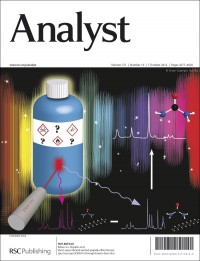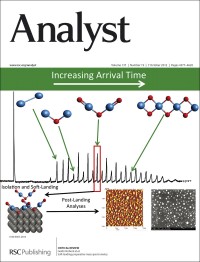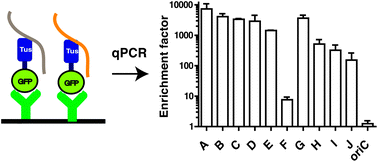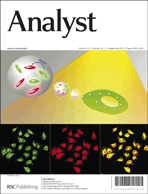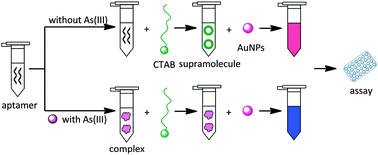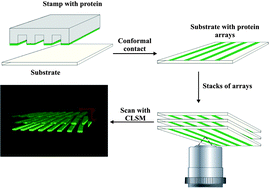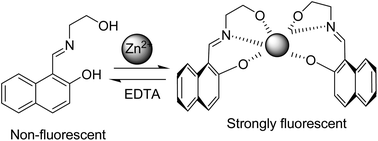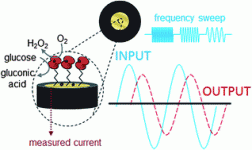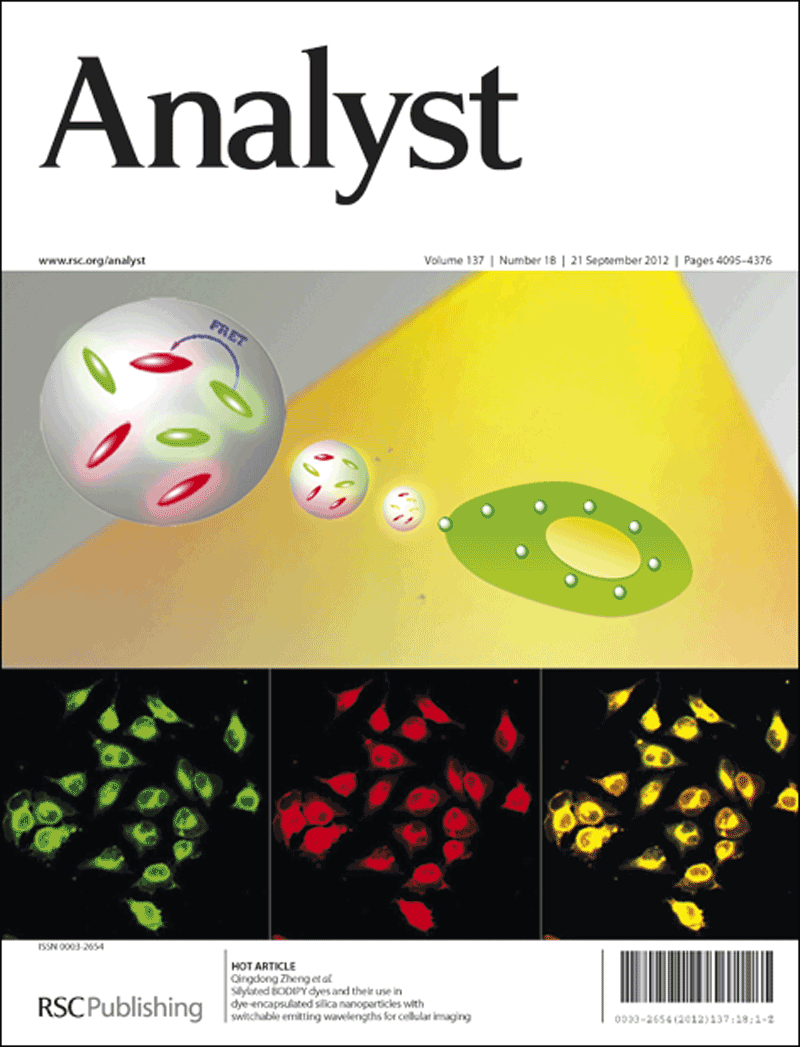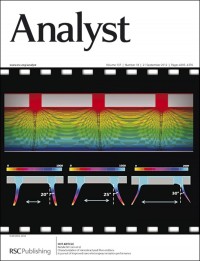The Federation of Analytical Chemistry and Spectroscopy Societies (FACSS) is pleased to announce that at their recent Governing Board meeting in March three new member organizations, namely the AES Electrophoresis Society, the Spectroscopical Society of Japan (SpSJ), and the North American Society for Laser Induced Breakdown Spectroscopy (NASLIBS), have been accepted to the federation as full member organizations.
 The Federation of Analytical Chemistry and Spectroscopy Societies (FACSS) is an organization designed to further the interests of analytical chemistry and spectroscopy on behalf of its member organizations.
The Federation of Analytical Chemistry and Spectroscopy Societies (FACSS) is an organization designed to further the interests of analytical chemistry and spectroscopy on behalf of its member organizations.
In 1973, FACSS was founded as a federation of member organizations for the exchange of ideas at the forefront of analytical sciences. Over the last thirty nine years FACSS has pursued five critical objectives to realize the Federation’s goals:
A. Education and Training
B. Advancement of Knowledge
C. Advancement of Technology
D. Social and Professional Peer Networking
E. Promotion / Enabling of Interests of Member Organizations
With the addition of the AES Electrophoresis Society, the Spectroscopical Society of Japan (SpSJ), and the North American Society for Laser Induced Breakdown Spectroscopy (NASLIBS), to the federation’s existing member organizations [Division of Analytical Chemistry of the American Chemical Society, American Society for Mass Spectrometry (ASMS), ANACHEM, the Coblentz Society, the International Society for Automation (ISA) – Analysis Division, the Royal Society of Chemistry (RSC) Analytical Division, and the
Society for Applied Spectroscopy (SAS)], FACSS is now 10-member societies strong. This expansion reflects a unique element of FACSS and its annual North American meeting, SciX, in that all areas and aspects of analytical chemistry and spectroscopy are welcome, bringing together leading scientists from among many disciplines for scientific exchange.
FACSS believes that the addition of these three member organizations will enhance its ability to serve the analytical chemistry and spectroscopy community.
Future North American conferences presented by FACSS will carry the name SciX – the Great Scientific eXchange. Additional information on SciX and the 2012 SciX conference is available at www.scixconference.org.
Comments Off on FACSS welcomes three new member Societies!













